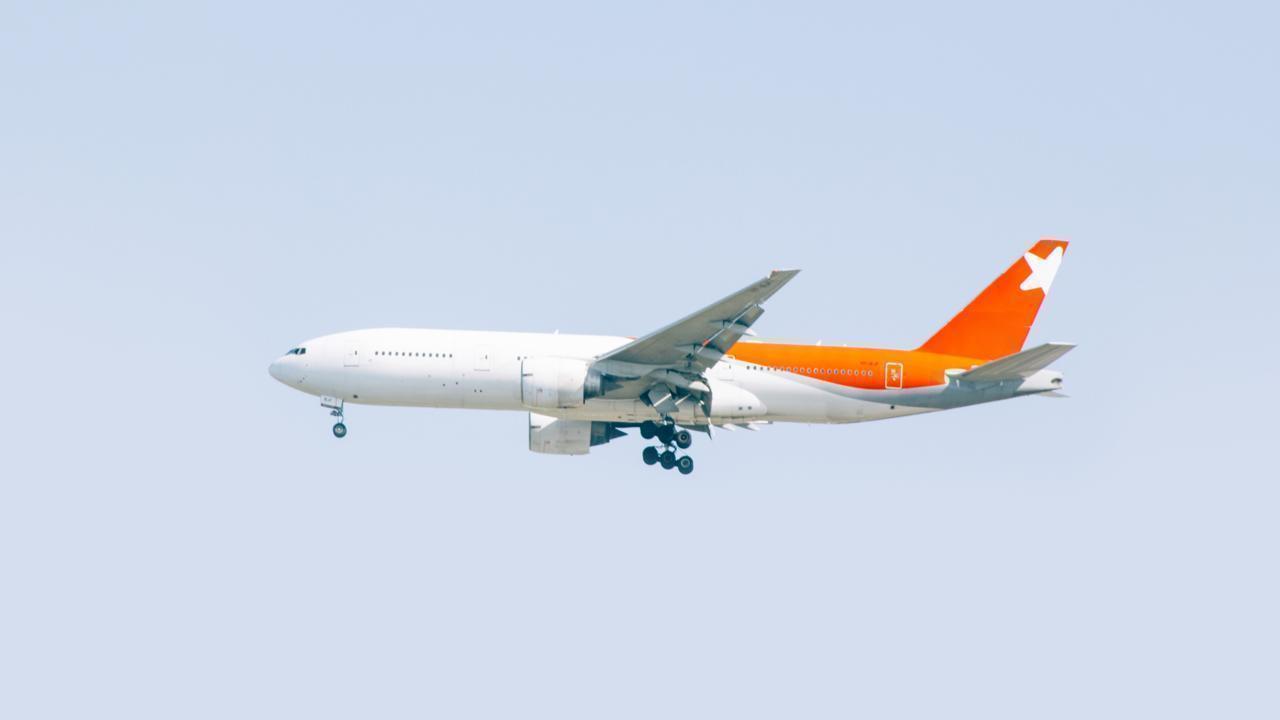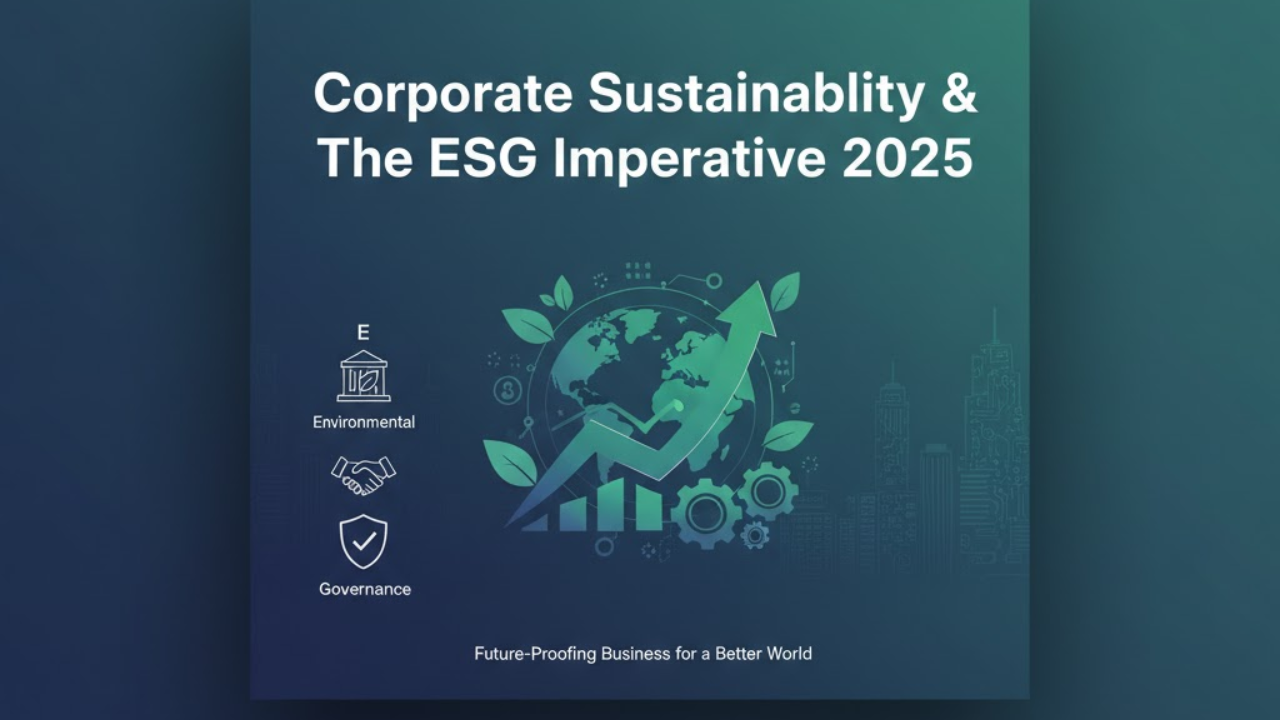
Post by : Amit
Aging Fleets, New Horizons: Why Europe’s Airlines Are Accelerating Aircraft Replacements
In a dynamic shift that’s reshaping the European aviation market, replacement demand—not just growth—is now the main force driving fleet planning across the continent’s airlines. From flag carriers to ultra-low-cost operators, the push to phase out older, less efficient aircraft is accelerating amid rising fuel costs, tightening environmental regulations, and a post-pandemic reset in network strategies.
Recent data from global aviation forecasters shows that more than half of Europe’s aircraft demand over the next 20 years will be driven by the need to replace aging jets. That’s a striking shift in strategy, especially as the industry once prioritized aggressive fleet expansion to chase growth. But with sustainability mandates mounting and older aircraft becoming economic liabilities, a new era of modernization is underway—one that could redefine aircraft production, supplier priorities, and the competitive balance of the global aviation ecosystem.
Fleet Aging: The Core Catalyst Behind Surging Replacement Demand
The average age of aircraft in European airline fleets is steadily creeping upward, especially among narrowbodies and widebodies that were acquired during the early 2000s aviation boom. These aging aircraft are now nearing the end of their economic service lives. Airlines are facing mounting maintenance costs, higher fuel burn, and challenges meeting increasingly strict emissions regulations under EU policy frameworks like "Fit for 55" and the Emissions Trading System (ETS).
According to a 2025 report by Aviation Week Intelligence Network, nearly 4,000 aircraft—or around 55% of total fleet demand through 2044—will be needed purely to replace existing units. Growth-related demand will still exist, especially in recovering Eastern European markets and southern hubs, but the bulk of deliveries will be replacements. For Europe, this represents a structural change in fleet philosophy, prioritizing fuel efficiency, emissions reductions, and lifecycle optimization over expansion at all costs.
Emissions Regulations and the Push Toward Net Zero
Driving this replacement wave is the European Union’s intensifying climate agenda. Aviation remains a major contributor to greenhouse gas emissions, and regulators are moving swiftly to curb the sector’s carbon footprint. Under the European Green Deal, aviation fuel suppliers will soon be required to blend in increasing volumes of sustainable aviation fuel (SAF), while airlines will be penalized for operating older, less fuel-efficient aircraft.
These pressures make early fleet renewal not just a choice but a necessity. New-generation aircraft like the Airbus A320neo, A220, and Boeing 737 MAX offer double-digit fuel savings compared to their predecessors. These jets also comply more easily with new noise and emissions limits, reducing exposure to regulatory costs and community resistance at major airports.
As a result, even airlines that weathered the pandemic with older fleets intact are now rapidly pivoting to accelerated replacement strategies. Operators like Lufthansa Group, Air France-KLM, Ryanair, Wizz Air, and easyJet have all either placed major new orders or expanded existing ones to speed up their renewal timelines.
OEMs See Opportunity, But Supply Chain Woes Persist
For original equipment manufacturers (OEMs), the replacement-driven demand wave is both a relief and a challenge. Airbus, Boeing, and Embraer are all seeing strong interest in their latest-generation aircraft, especially narrowbodies that are versatile for both short-haul and longer intra-European routes.
However, delivery rates are constrained by ongoing supply chain instability, labor shortages, and parts availability—particularly for engines, avionics, and cabin systems. Pratt & Whitney and CFM International, the two key engine suppliers for narrowbody jets, continue to grapple with delayed overhauls and delivery bottlenecks, complicating airlines' plans to phase out older aircraft quickly.
This mismatch between demand and delivery capability is pushing airlines to explore leasing newer aircraft from lessors, extending existing leases, or even buying used new-gen jets from the secondary market—an option that was rare just a few years ago.
Still, OEMs remain optimistic. Airbus recently revised its delivery projections upward through 2030, banking on strong European and Asian demand. Boeing, despite its recent production challenges, has also reported a sharp increase in European orders for the 737 MAX family and the 787 Dreamliner.
Cost Pressures and Operating Economics: Why Replacements Make Sense
Even apart from climate goals, the economic argument for fleet replacement is compelling. Fuel represents up to 30% of an airline’s operating cost base—and new-generation aircraft burn up to 20% less than the models they replace. When fuel prices are volatile, as they’ve been in recent years, these savings can protect margins and improve financial predictability.
Add to that lower maintenance costs, reduced downtime, and better reliability, and the ROI case for fleet renewal becomes clear. Newer aircraft are also more attractive to passengers, with modern cabin features like larger bins, quieter interiors, and better connectivity.
Some legacy airlines are also seizing this moment to rationalize their fleets. Lufthansa, for instance, is consolidating its widebody fleet around the Airbus A350 and Boeing 787 to reduce complexity, while Air France is aggressively retiring its A318 and A319 fleets in favor of the A220.
Even low-cost carriers, long known for squeezing maximum hours from their assets, are revising strategies. Ryanair is adding hundreds of Boeing 737 MAX-8200s to replace its older NG models. Wizz Air, already one of the youngest fleets globally, is fast-tracking the delivery of A321neo aircraft to gain a unit cost advantage over rivals.
Regional and Secondary Market Implications
Fleet replacement trends are also reshaping aircraft availability in the secondary market. As European carriers sell off older A320ceos, 737NGs, and E-Jets, those aircraft are increasingly being snapped up by operators in Asia, Africa, and Latin America where fuel costs are less volatile or where regulatory environments are less strict.
This global redistribution of aircraft is changing the competitive landscape in emerging regions. Airlines that previously could not afford new aircraft are now able to access high-quality used jets with plenty of life remaining. In many cases, they are upgrading from older MD-80s or Fokker jets to more efficient 737NGs or A319s.
Meanwhile, MRO (maintenance, repair, and overhaul) providers are adjusting their offerings to support a wider mix of aircraft ages and configurations across markets. European shops are also expanding capabilities to support the new-gen fleets coming in, especially around engine maintenance for the PW1100G and LEAP-1A/1B.
Financing: A New Era of Creative Leasing and Procurement
One of the ripple effects of the shift toward replacement-driven demand is a rethinking of how fleets are financed. Airlines that once relied heavily on outright purchases are increasingly turning to sale-and-leaseback models or direct operating leases, especially amid high interest rates and capital constraints.
Aircraft lessors are benefitting from this trend, with firms like AerCap, Avolon, and SMBC Aviation Capital reporting strong demand for new narrowbodies. Some lessors are even placing large speculative orders to have new aircraft available for lease when OEMs face delivery backlogs.
At the same time, export credit agencies and state-backed financing vehicles are playing larger roles in helping carriers finance replacements. The UK’s UKEF and France’s Bpifrance, for example, have extended guarantees to support British and French airline orders.
A Cautious Path to Fleet Modernization
Despite all the incentives and external pressures to replace aircraft, not all carriers are jumping in headfirst. Smaller airlines or those in financial recovery mode post-COVID remain cautious, weighing the benefits of new aircraft against the risks of long-term debt.
In some cases, airlines are adopting a phased approach—replacing the highest-cost or least efficient aircraft first while deferring decisions on others. Additionally, the uncertainty around future propulsion technology—especially hydrogen and electric aircraft—means some operators are reluctant to lock in long-term commitments today.
This cautious optimism will likely define the pace of replacement over the next decade. Airlines must balance near-term performance improvements with the flexibility to adopt future breakthroughs in sustainable aviation technology when they become viable at scale.
Sustainability as a Competitive Advantage
In the next two decades, as Europe leads the charge toward net-zero aviation, early adopters of new, fuel-efficient aircraft may enjoy a distinct market advantage. Not only will they meet compliance targets more easily, but they’ll also benefit from lower total cost of ownership, better public perception, and access to green financing.
Airports and slot-constrained hubs may also begin to allocate preferential treatment—such as lower landing fees or priority access—to quieter, cleaner aircraft. In such a landscape, fleet modernization becomes a competitive necessity, not just an environmental checkbox.
A Continental Reset for European Skies
Europe’s airline industry is undergoing a transformative shift, driven by a powerful convergence of regulatory, environmental, and economic forces. The race to replace aging fleets isn’t just about aesthetics or emissions—it’s about resilience, cost control, and long-term survival in a changing world.
From legacy flag carriers to agile budget players, everyone is being pulled into the gravitational field of fleet modernization. As the numbers show, more than half of future aircraft demand will be replacement-driven. That’s not just a trend—it’s a reset.
And for OEMs, lessors, suppliers, and investors, the message is clear: the European fleet renewal cycle is not just coming. It’s already here.
Europe, Aviation, Boeing










Bengaluru-Mumbai Superfast Train Approved After 30-Year Wait
Railways approves new superfast train connecting Bengaluru and Mumbai, ending a 30-year demand, easi

Canada Post Workers Strike Halts Nationwide Mail and Parcel Services
Canada Post halts operations as CUPW strike disrupts mail and parcel delivery nationwide amid disput

PM Modi Launches BSNL ‘Swadeshi’ 4G Network, 97,500 Towers Built
India enters global telecom league as PM Modi inaugurates BSNL’s indigenous 4G, connecting 26,700 vi

India’s Iconic MiG‑21 Takes Final Flight After Six Decades of Service
After 60 years India retires its MiG‑21 fighter jet, a legendary yet controversial warplane marking

Hindustan Zinc unveils AI hotspot monitoring at Debari smelter
Hindustan Zinc launches AI-powered Switchyard Hotspot Monitoring at Debari smelter to cut outages bo

Chinese experts worked inside sanctioned Russian drone plant
Chinese drone specialists visited IEMZ Kupol supplying parts and drones via intermediaries, deepenin